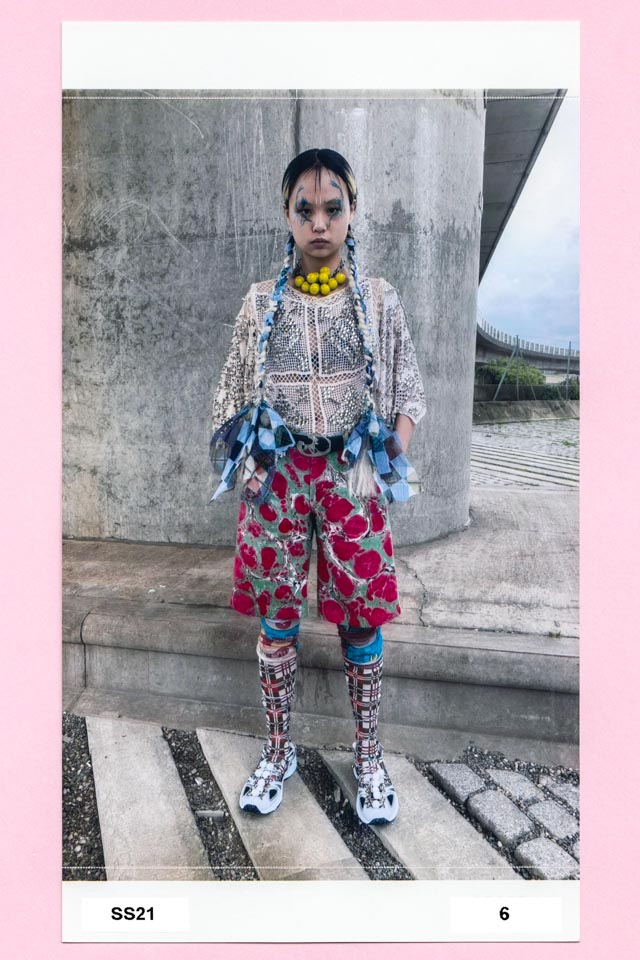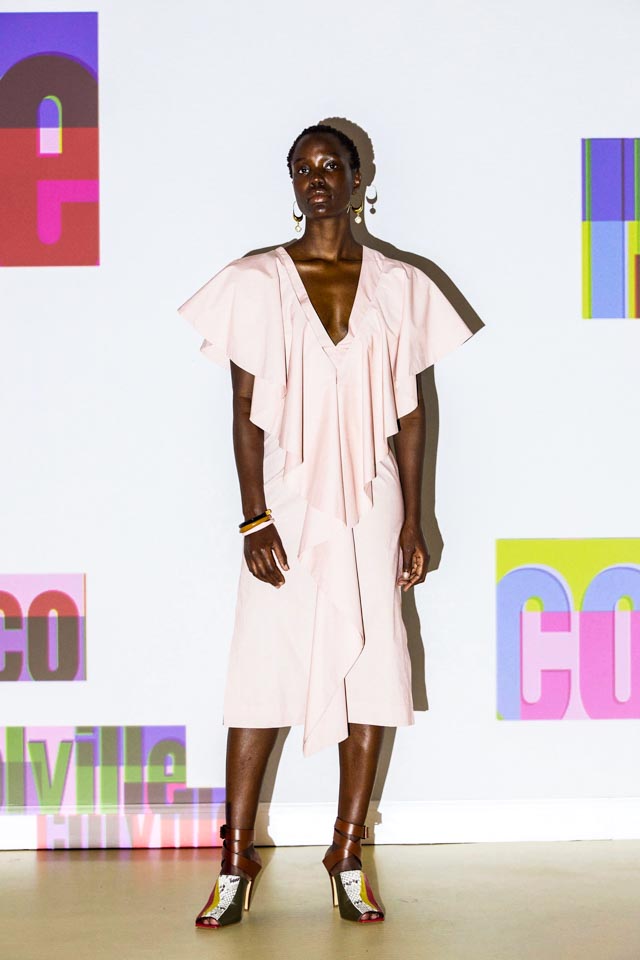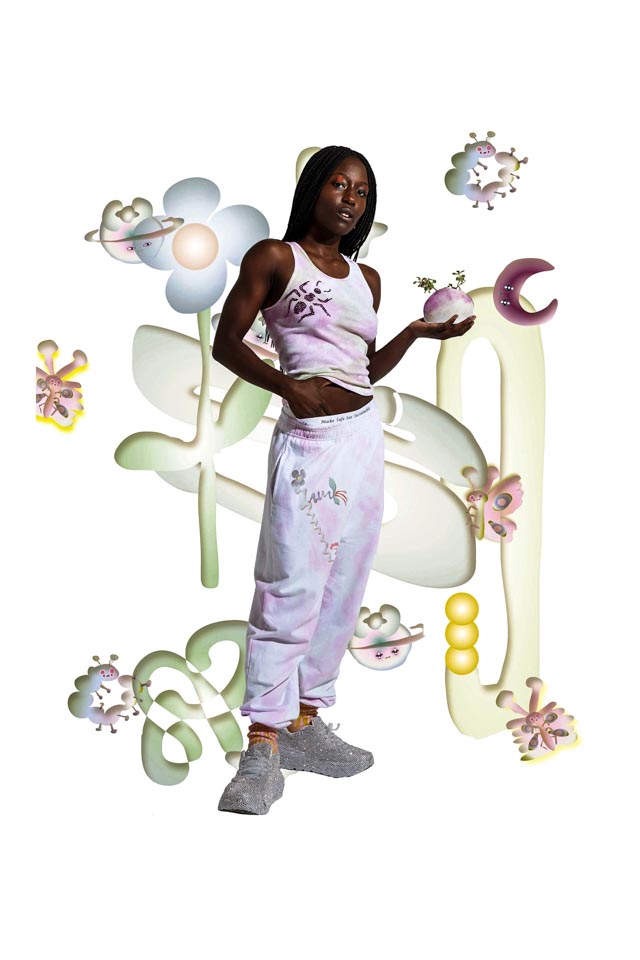How Is The State Of Diversity, Equity And Inclusion in Fashion?
February is the Black History Month. CFDA, in partnership with PVH Corp., releases The State of Diversity, Equity & Inclusion in Fashion Report, a definitive work of research and suggest next steps to drive toward representative and equitable workplaces throughout the American fashion industry. This study seeks to emphasize the experiences of Black employees and industry voices, and other underrepresented, underserved, and underprivileged communities across all industry disciplines and levels.
Did you know that 37% of Black employees report having to supplement their income vs. 23% of white employees? Are you aware of 26% employees of colors vs. 1% white employees express that their race/ethnicity has had a negative impact on receiving raises and promotions in the past? Particularly Black (40%) and Asian (27%) of employees say that.
Those are some of the conclusions of The State of Diversity, Equity & Inclusion in Fashion Report, built on a joint mission to advocate for measurable change, which CFDA and PVH began to collaborate on in 2018. The co-authored briefing serves as a foundation and framework for progress. The analysis draws on a McKinsey & Company survey of over 1,000 working industry professionals across 41 companies, 20 stakeholder interviews, and three focus groups with students and emerging designers. This research was conducted over the fall of 2020 after considerable development and planning. The CFDA and PVH identified six key areas of opportunity: awareness, access, promotion, advocacy, compensation and belonging. Each of these areas is thoroughly explored and accompanied by data insights, personal narratives, and steps for intervention.
“The fashion industry, both in the U.S. and worldwide, has historically struggled with opportunities and pipelines for Black and Brown talent. We need to collectively address and change this. Our work is key to identify, connect, support, and nurture Black and Brown creatives and professionals in fashion,” – says CaSandra Diggs, President of the CFDA.
MAIN CONCLUSIONS
- Almost 60% of respondents say that their companies have undertaken internal or external Diversity, Equity & Inclusion (DEI) actions, with four in five believing that the response is authentic. In addition, the majority of respondents (78%) believe that their companies value the differences that people bring to workplace.
- Employees of color only comprise 16% of C-suite roles and 15% of board seats, despite comprising 32% of entry-level positions. In contrast, white men comprise more than half (54%) of C-suite roles and the majority of board seats (72%), despite only comprising 26% of entry-level positions.
- 50% of employees of color report that a career in the fashion industry is not equally accessible to all qualified candidates, and almost one in four question the meritocracy of opportunities.
- Black employees report greater inaccessibility to the fashion industry (68%) vs. white employees (37%).
- LGBTQ+ employees report greater inaccessibility to the fashion industry (51% disagree) vs. heterosexual employees (41%).
- Black employees report feeling less prepared for their first job search (38% report that they were “not at all equipped”) vs. white employees (19%).
“Black is cool now, but what if in a few years racial equity is not at the top of [fashion company’s] concerns? Will they tell me that I can go now? I’m concerned about getting [into an entry-level fashion job], staying a few years, and then realizing that I’m very passionate about something I cannot do”, a Black student said.

Chopova SS2021

Colville SS2021

Collina SS2021

Tibi SS2021
- Almost half of respondents (48%) report receiving a referral for their jobs, which disproportionately benefits white employees (57%), compared to Black employees, where less than a quarter (23%) were referred.
- Almost a quarter of Black employees (22%) report disagreement with the statement that hiring is based on fair and objective criteria. There is a perception of unfairness in hiring, primarily due to unconscious bias and the reliance on referrals.
- Respondents of color expressed that their race/ethnicity has had a negative impact on receiving raises and promotions in the past (26% employees of color, vs. 1% white respondents), particularly Black (40%) and Asian (27%) respondents.
- Just over a quarter (26%) of employees of color report race/ethnicity as having a negative impact on previous raises and promotions; particularly Black women (42%) and Asian women (27%).
- Older respondents (aged 56 - 74 years old) report age having a negative impact (17% previously; 35% future).
- Women report anticipating that being a parent will impact future raises/promotions (14%) much more than it has in the past (6%), with white women anticipating greater impact.
* Read the Report: The State of Diversity, Equity & Inclusion in Fashion Report




